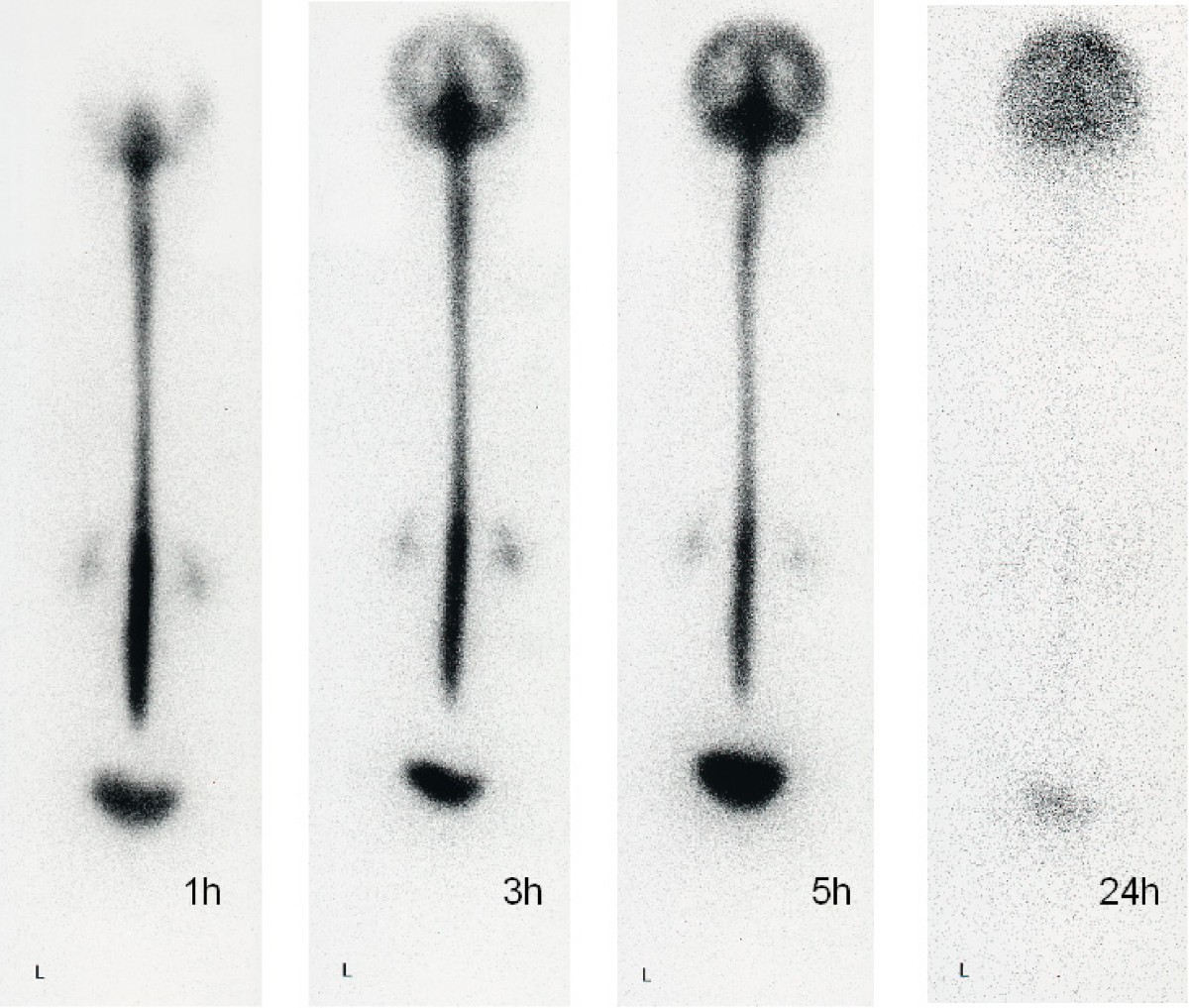

Spontaneous intracranial hypotension, on the other hand, is diagnosed when a CSF leak happens without any underlying cause or a proceeding event. This type of CSF leak is called an iatrogenic leak, meaning it was caused by instrumentation. Iatrogenic intracranial hypotension occurs in patients with a history of proceeding spinal procedure, most commonly lumbar puncture, myelogram, and intradural drain placements. This type of headache, also called orthostatic headache, is perhaps the most important symptom to be noted as a potential indication of intracranial hypotension caused by a CSF leak. And when they lay down, the headache gets better. When they stand up, the headache gets worse. What is the difference between intracranial hypotension and spontaneous intracranial hypotension (SIH)? Why is the latter so often overlooked and misdiagnosed?Īn overwhelming majority of patients with spinal CSF leaks will experience positional headaches due to low CSF pressure. What is spontaneous intracranial hypotension? Khan or one of our other fellowship-trained subspecialty radiologists, you can learn more here. If you believe you or a loved one may have a CSF leak and would like an expert second opinion on your medical imaging from Dr. Khan walks us through the steps of proper evaluation and discusses the types of imaging tests patients should request to prevent misdiagnosis.ĭocPanel is committed to making sure every patient receives excellent care. An integral member of the Jefferson Headache Center, one of the nation’s top referral centers for spontaneous CSF leak treatment, Dr. To better understand how patients can navigate such a challenging diagnosis, we spoke with Academic Neuroradiologist and Spine Interventionist, Dr. Others who are evaluated for a CSF leak may be imaged incorrectly, resulting in missed or delayed diagnosis. Many patients who seek care are told they have migraines and are prescribed treatments that offer no relief. While some CSF leaks are easier to catch - particularly those caused by spinal procedures such as lumbar puncture, myelography, and surgery - leaks that happen spontaneously for unknown reasons can be sometimes difficult to diagnose. Almost always, intracranial hypotension occurs when there is a CSF leak in the spine. Spontaneous intracranial hypotension (SIH) is an important cause of secondary headaches, yet it is frequently misdiagnosed and mistreated.Ĭharacterized by severe and often debilitating positional headaches, intracranial hypotension is a condition in which the cerebrospinal fluid (CSF) pressure inside the cranium and the spine are lower than normal.


 0 kommentar(er)
0 kommentar(er)
